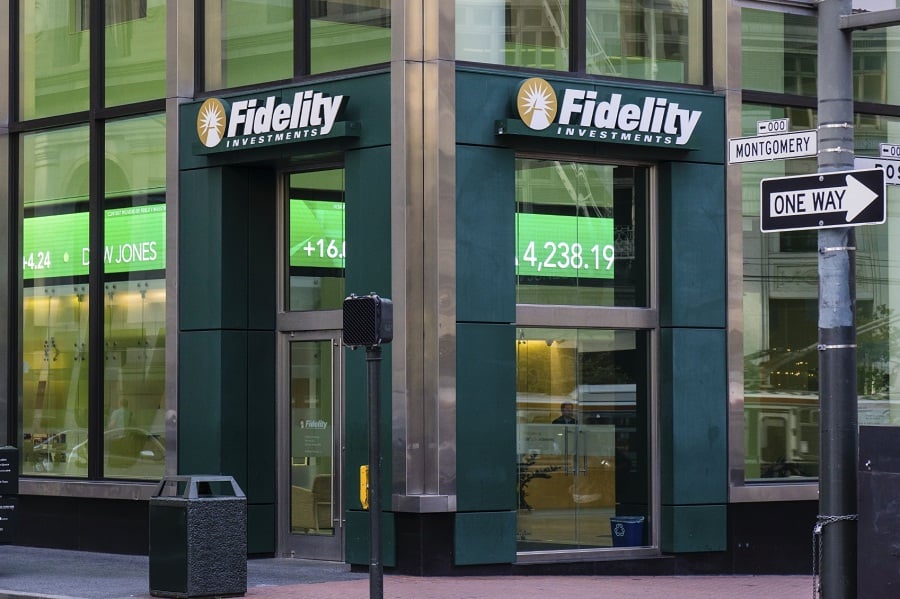Fidelity Investments reversed all its 2014 U.S. mutual fund redemptions in the first quarter of 2015, in part because of successful active management strategies in both stocks and bonds.
The company took in $8.6 billion from investors in the three months ended March 31, according to Morningstar Inc. That was enough to erase the firm's outflows last year, which came amid an industry trend away from actively managed U.S. stock funds for which Fidelity is famous and toward firms, particularly the Vanguard Group Inc., with funds that track broad-market benchmarks.
Fidelity's 2014 outflows also reflected a shift for some institutional investors to
lower-cost collective investment trust vehicles. An independent estimate of the assets moving to those accounts wasn't available.
In what has emerged as a key test for its new chief executive, Abigail P. Johnson, Fidelity said its managed accounts and funds had $6 billion in outflows overall last year. The firm, known perhaps best as a home for star stock-fund managers such as William Danoff, pegged those results to a “cyclical” trend toward passive investing.
Cyclical or not, that trend has helped deliver 86% of the money that moved into mutual funds over the last year to one company, Vanguard. Mr. Danoff's Contrafund (FCNTX) lost $11 billion to redemptions last year, according to Morningstar's estimate, which doesn't count transfers to trusts. With its $1.3 trillion U.S. mutual fund business, Fidelity is the second largest fund house in the U.S., behind Vanguard, which manages $2.4 trillion in U.S. mutual funds. Fidelity also offers index funds, three of which are among its top 10 selling funds.
ACTIVE AND PASSIVE
“We're increasingly seeing advisers that are using both active and passive strategies in their clients' portfolios,” said Nicole Abbott, a spokeswoman for Boston-based Fidelity. “We continue to make progress with our flows. Active equity funds have been the primary challenge in this area, as it has for the industry.”
She added: “Flows tend to be a lagging indicator and we are confident that investors will once again see the long-term value in active equity as performance begins to strengthen, which it has this year.”
Among the fund company's success stories are its suite of bond products, both actively managed and index-tracking. That includes the firm's Fidelity Advisor Total Bond Fund (FEPAX), which is actively managed, and the Fidelity Spartan Long-Term Treasury Bond Index Fund (FLBAX), which is not. The two funds combined took in an estimated $2 billion in the first three months of the year.
Fund managers across the industry are seeing a windfall in bond funds as a wave of money came from former Pacific Investment Management Co. investors. Advisers also plowed profits from clients' stock investments into bonds and capitalized on a strong market for U.S. debt that's pushed yields lower over the last year.
“Investors seem to believe that, as the Federal Reserve likely begins raising rates, a more nimble active manager is worth paying for,” said Todd Rosenbluth, director of ETF and mutual fund research at S&P Capital IQ. “While Fidelity is more known for its large active equity funds, their active bond funds have relatively established strong records.”
Katie Reichart, who covers Fidelity funds for Morningstar, said the firm has been “a pretty strong contender” for investor funds from Pimco. And the firm's Fidelity Select Biotechnology Portfolio (FBIOX), managed since 2005 by Rajiv Kaul, ranks at the top of its category for one, three and five years. Over the last year, it's returned 68%. The fund took in $1.5 billion from investors last quarter, according to Morningstar.
“Biotech in general has been hot the past few years, and the stock selection has been pretty good there,” said Ms. Reichart.







